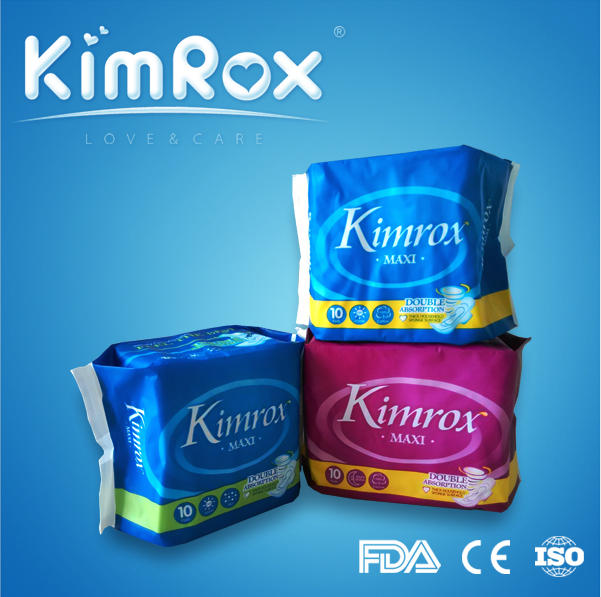Usually, after delivery, the birth canal will flow out such as menstrual blood secretion, this kind of bleeding from the position of placenta implantation, mixed with the remains of the uterus decidua, tissue debris and mucus and other secretions, called lochia. lochia usually disappears at 4~6 weeks postpartum. The color and amount of lochia change over time.
1 day after delivery
The wound healed slowly within 24 hours after delivery, the amount of bleeding was larger and the lochia was more.
Usage: XL sanitary napkin is relatively loose, convenient for parturient to get out of bed, metering maternal pad can measure the total bleeding volume 24 hours after delivery.
Note :24 hours after delivery total bleeding >500 ml for bleeding, need to inform medical staff care.
2-3 days after delivery
It contains a lot of blood (red lochia) is the most lochia period.
Usage: L sanitary napkin and puerperal sanitary pants. Should be 2-3 days after delivery of a large number of bloody lochia.
Note: when nursing the first time after delivery, L sanitary napkin and M sanitary napkin superimposed together. When need to replace, generally only need to replace the L number above the M sanitary napkin. One is to facilitate the response to lochia, the other is to facilitate medical staff to observe the amount of lochia.
4-8 days after delivery
The bleeding began to decrease and the color began to fade. (brown lochia)
Usage: M sanitary napkin and puerperium before opening underwear to deal with 4-8 days after delivery of brown lochia.
10 days after delivery
Almost no blood, and the amount began to decrease. (yellow lochia)
More than 3 weeks after delivery
Does not contain the blood, became the milky white lochia. The quantity is also very small, like the usual leucorrhea. Sometimes it contains brown leucorrhea, but if the quantity is small, it is not a problem.

http://www.kimrox.com/cover-5.html